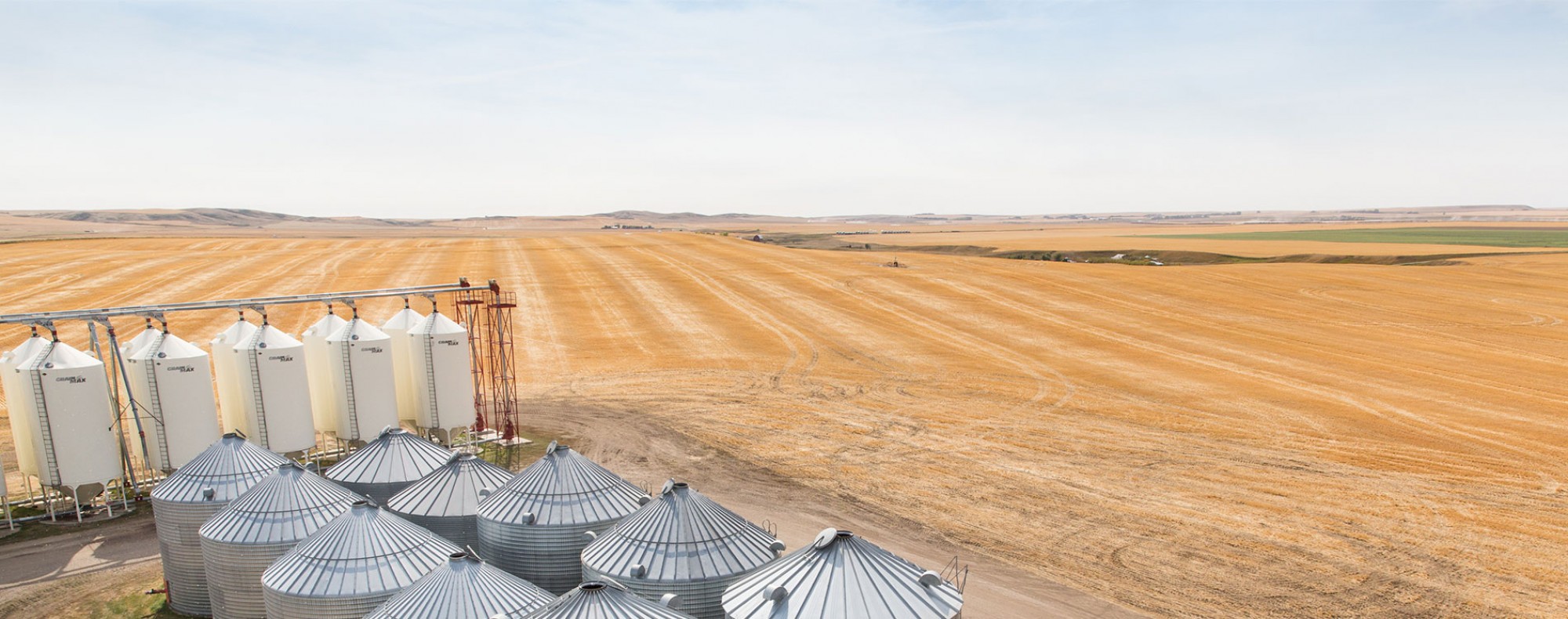Plant Growth Regulators: barley, oat, and wheat variety specificity and appropriate timing for new PGRs
AWC contribution: $100,000
Start Date: April 1, 2018
End date : March 31, 2019
Summary:
This 3 year project will identify which varieties of wheat, oat, and barley are affected by Plant Growth Regulators (PGRs), and whether PGRs are useful applications for lodging resistance. Timing for PGR application will also be assessed. PGRs are synthetic inhibitors of plant growth in reducing plant height, increasing stem rigidity, and reducing lodging. Lodging can contribute to quality losses, higher moisture content, sprouting, and molding.
Objectives:
Reduce the risk of yield and quality losses associated with lodging.
Benefit to producers:
Lodging is a concern in the prairies, especially in wetter years, black soil zones, manured land, and under irrigated areas. These conditions and an understanding of which varieties can benefit should guide the application of PGRs. Research findings will provide information to growers to reduce lodging in cereals.
Bio:
Dr. Linda Hall is a professor in the Faculty of Agriculture Life and Environmental Science at the University of Alberta. She conducts research in the environmental impacts of transgenic crops, gene flow via pollen and seeds, weed science and agronomy. She is interested in quantifying the invasive potential of novel weeds and crops. In addition to research, she teaches weed science and cropping systems. Dr. Hall is an editor of GM Crops and has recently received awards for excellence in Weed Science and graduate student supervision. She currently has eleven graduate students conducting research in a range of agronomic disciplines. Dr. Linda Hall also worked with Dr. Sheri Stryhorst from Alberta Agriculture and Forestry.
Project Completion Report
Plant growth regulators decrease stem growth of cereal crops and may decrease lodging and increase yield. Cereal species and cultivars differ in their response to PGRs, but responsiveness
of western Canadian wheat and barley cultivars is not confirmed. In 2018, small plot field trails were conducted at Barrhead, St. Albert (UofA) and Vermilion (Lakeland College) to test three CPSR wheat, six CWRS wheat and two malt barley cultivars for their responsiveness to Manipulator (chlormequat-chloride), Moddus (trinexapac-ethyl), and their mixtures.
The PGRs may have inconsistent responses between: years, sites, cultivars and species. Barrhead was the only site where barley and CPSR wheat lodged. Some CWRS wheat cultivars lodged at Barrhead and St. Albert. Vermilion had no lodging.
Take home messages for the use of PGRs on CWRS and CPSR wheat are:
- 93% of the time the PGRs significantly reduced plant height (by 3 to 13 cm) compared to no PGR (AAC Wheatland and AAC Crossfield were the only 2 cultivars to not respond in all locations).
- 90% of the time the PGRs improved standabilty when lodging occurred. AAC Brandon consistently had improved standability with PGR application. For AAC Brandon, Manipulator was more effective than Moddus and mixtures were more effective than the single PGR actives.
- 67% of the time, PGR made plants greener compared to plants with no PGR application (this consistently occurred for Stettler, AAC Brandon and AAC Foray VB).
- 59% of the time the PGR treatments made plants later (by 0.7 to 3 days) compared to plants with no PGR application. This consistently happened with AAC Brandon and AAC Foray VB.
- 22% of the time the PGRs significantly increased yield (by 4 to 13 bu/ac) compared to no PGR. This was not consistent in environments or in a particular cultivar.
- 15% of the time, PGRs significantly decreased bushel weight (by 0.4 to 1 lb/bu) compared to no PGR. This was more common on AAC Viewfield and AAC Goodwin. CDC Plentiful was more sensitive to mixtures than the other cultivars.
- 56% of the time the PGRs significantly decreased thousand kernel weight (by 1.1 to 3g/1000 seeds) compared to no PGR. This was consistent at all sites with AAC Brandon.
- 7% of the time PGR treatments significantly reduced grain protein content by 0.3 to 0.5%. This was a problem for CDC Plentiful but not other cultivars.
At this point, Manipulator is registered for use on wheat, but Moddus and Manipulator/Moddus mixtures are NOT REGISTERED. Manipulator use on wheat will typically reduce plant height and improve standability when lodging occurs. More than half the time, PGRs increased crop greenness and days to maturity but decreased thousand kernel weight. Instances of reduced bushel weight and grain protein were occasionally reported.
Growers must weigh the benefits of PGRs against the chance of extended days to maturity and reduced bushel weight when deciding to use a PGR. AAC Brandon often benefited from Manipulator use.
